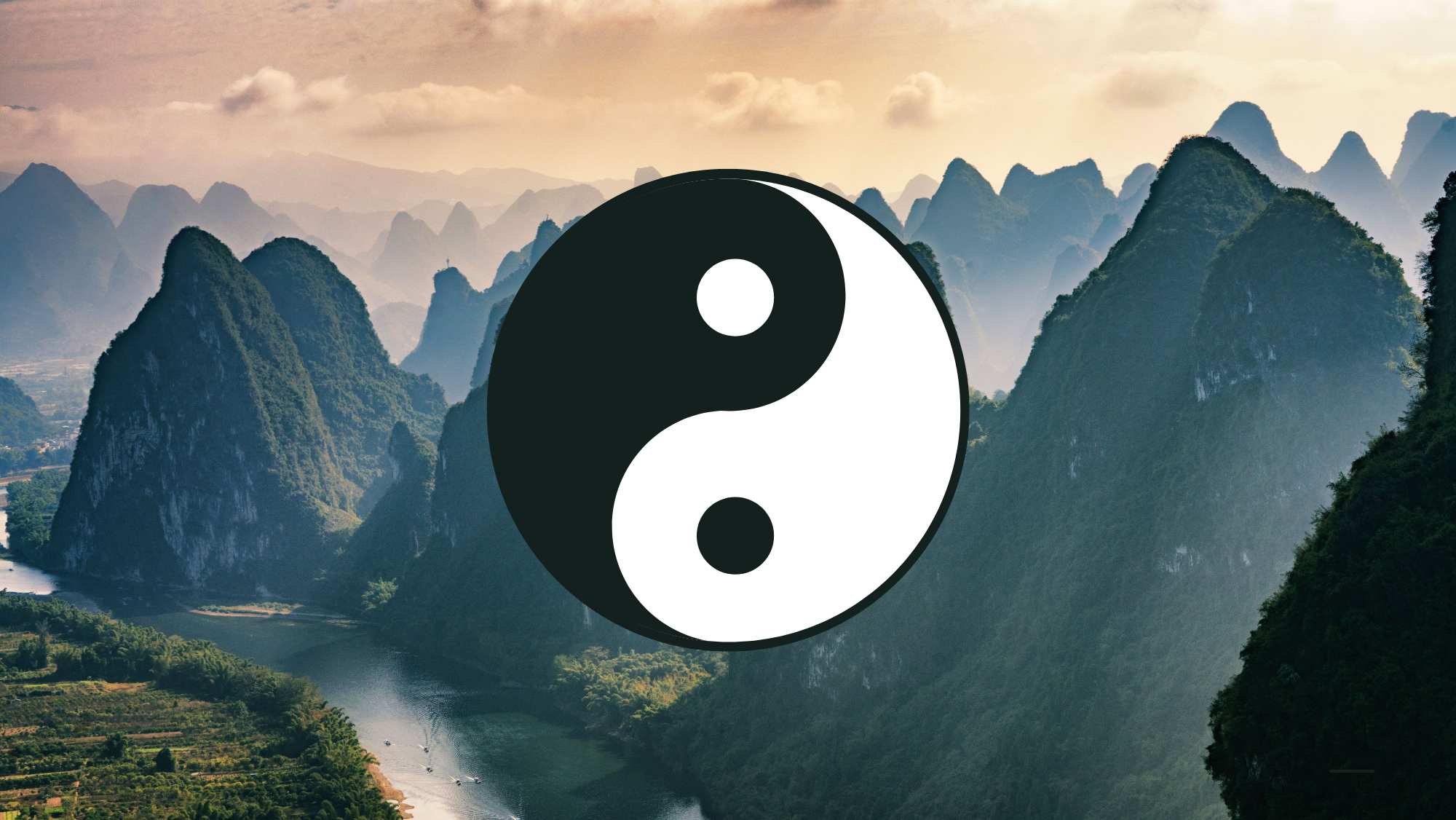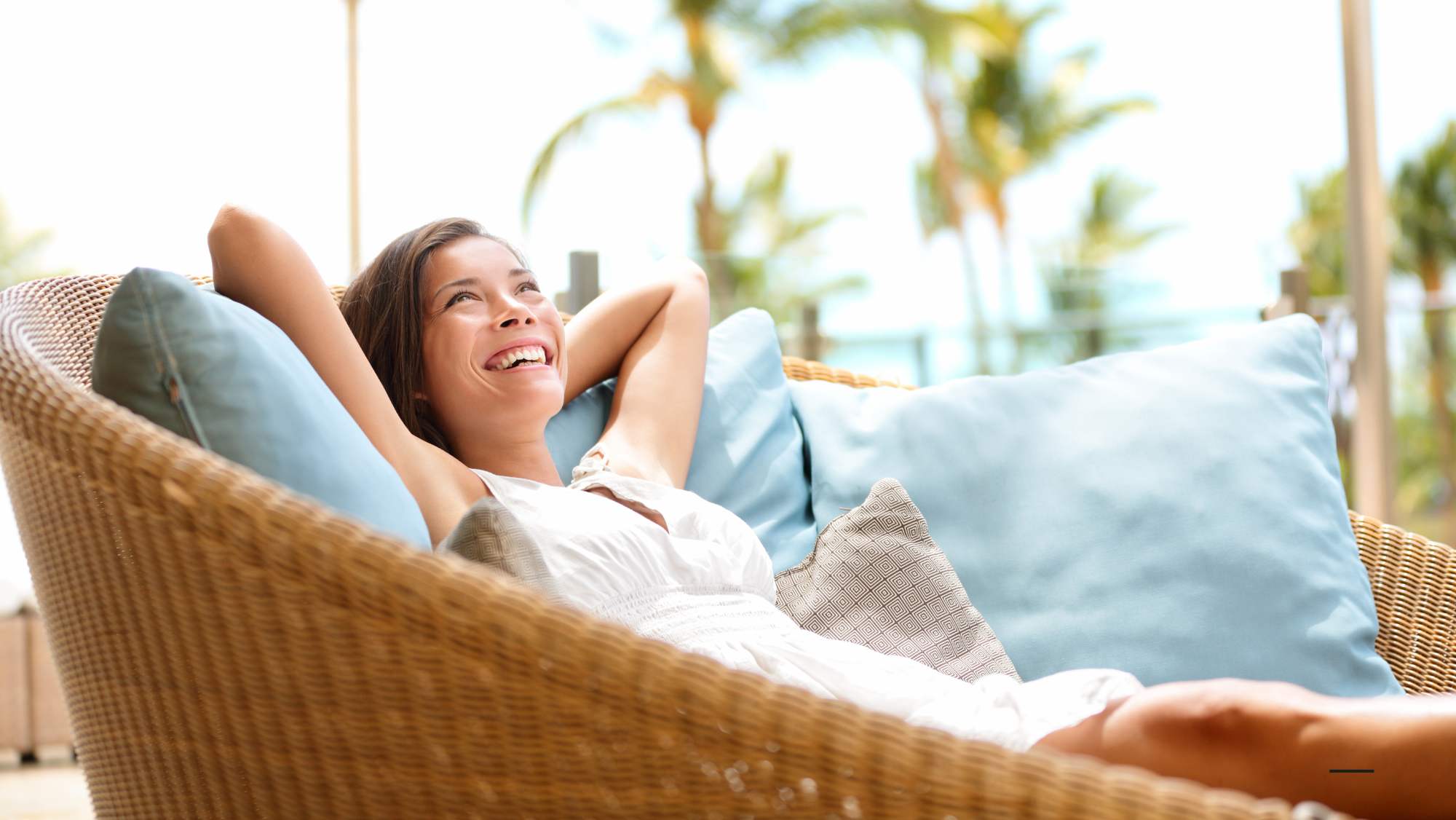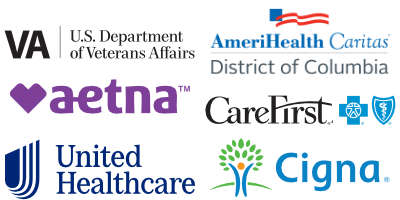Within the practice of Eastern medicine, there are a variety of traditions or schools of thought, and each approaches the preparation of a diagnosis and treatment plan from a slightly different theoretical base. Although each tradition may approach acupuncture or Chinese herbal treatment differently, many of them have a foundation in the Eight Principles. This makes the Eight Principles one of the most prevalent schools of thought in acupuncture and Eastern medicine. In this blog post we’ll dive a little deeper into Hot and Cold as it is seen in the Eight Principles of TCM.
Table of Contents
History of the Eight Principles
The concept of the Eight Principles dates back to one of the original Chinese medical classics – the Huangdi Neijing, which was published between 475-221 BCE. However, the term “Eight Principles” did not appear in medical texts until the Qing dynasty (1644-1912). The basic theory behind the Eight Principles is founded in the following eight dualities:
| Yin Interior Cold Empty | Yang Exterior Hot Full |
Integrating the Eight Principles
The Eight Principles are meant to be interpreted together as a whole, and this creates a difficulty in attempting to explain parts separately. It’s important to understand that the purpose of these articles is to empower the reader with the knowledge to understand terminology being used by their acupuncturist or Eastern medical professional. The symptoms, diagnoses and examples presented in these articles are in no way a replacement for the expertise of a licensed acupuncturist or Eastern medical practitioner.
Hot and Cold
Hot and Cold describe the character of a specific condition or pattern, and they must be combined with Deficiency or Excess which describes how the condition manifests. Hot and Cold conditions are described as follows:
- Excess-Heat or Full-Heat
- Deficient-Heat or Empty-Heat
- Excess-Cold or Full-Cold
- Deficient-Cold or Empty-Cold
- Combination of Heat and Cold
Excess-Heat or Full-Heat
An Excess-Heat condition can be either internal or external. It develops as a result of Excess Yang – meaning there is an imbalance of Yin and Yang and the Yang energy is greater than it would be in a normal, balanced state.
Deficient-Heat or Empty-Heat
Deficient-Heat develops when the Yin energy is chronically deficient, and Yin is consumed by Yang. However, Yang is not greater than it would be in a normal, balanced state. Deficient-Heat always arises from Yin deficiency
Excess-Cold or Full-Cold
Excess-Cold is similar to Excess-Heat in that the condition can be either internal or external. When there is an imbalance of Yin where the Yin energy is greater than it would be in a normal, balanced state, the result is an Excess Yin which develops into Excess-Cold.
Deficient-Cold or Empty-Cold
Similar to Deficient-Heat, Deficient-Cold develops when the Yang energy is chronically deficient. When the Yang energy is deficient or weak, it fails in warming the body.
Combination of Hot and Cold
Some conditions can result in a combination of both Hot and Cold patterns. Due to the complexity of these conditions, they will be discussed in more detail later in this article.
Check back next week to continue this blog post!







